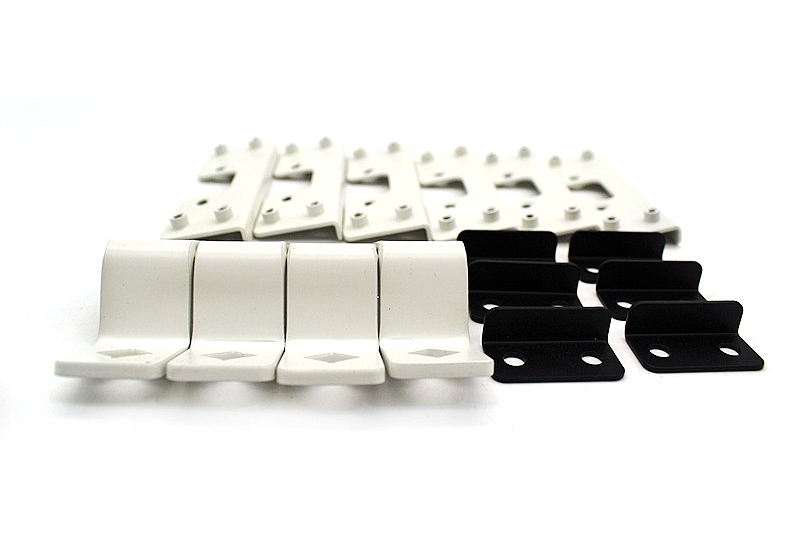How can manufacturers minimize waste in metal bending operations?
Introduction
As an engineer responsible for optimizing sheet-metal workflows, I’ve learned that waste control in metal bending is not achieved by a single technique—it’s the result of coordinated improvements across blank preparation, material selection, bend sequencing, and post-processing. When these elements work together, manufacturers not only reduce scrap but also cut production time and improve dimensional stability.
Optimize Upstream Cutting and Fabrication
Effective waste reduction starts before bending. Clean, consistent blanks produced through processes such as laser cutting or plasma cutting minimize edge inconsistencies that lead to rejected bends. High-volume production can also rely on sheet metal stamping to create bend-ready parts with tight tolerance control. For more complex assemblies, sheet metal fabrication ensures that flat patterns are accurate before they enter the forming stations.
When new designs are involved, validating geometry through prototyping or early CNC machining prototyping prevents material losses caused by bending unverified blanks.
Choose Materials With Predictable Formability
Waste is often generated when materials spring back excessively or crack during the forming process. Using metals with stable mechanical properties—such as cast stainless steel, ductile copper alloys, or lightweight magnesium alloys—helps maintain consistent bend results. Aluminum alloys, such as A356 and A380, also bend efficiently while offering good strength-to-weight ratios. For casting-based fabrication, materials such as cast aluminum provide excellent dimensional stability during bending.
Improve Bending Accuracy and Repeatability
Precision machinery, such as modern CNC press brakes, helps reduce scrap by compensating for spring-back and ensuring consistent bend angles. When blanks originate from casting workflows such as precision casting or gravity casting, flattening and surface conditioning prior to bending reduces deformation and improves bend predictability.
Reinforce Quality With Surface Treatments
Surface finishes play a supporting role in mitigating post-bend damage and ensuring durability. Anodizing strengthens aluminum surfaces, reducing edge microfractures after bending. Protective treatments such as powder coating preserve steel components during transport and assembly. In applications where thermal stability affects bend life, engineers may rely on controlled heat treatment to maintain grain structure and reduce distortion.
Industry Applications Driving Waste Reduction
Waste minimization is vital in sectors such as the automotive industry, where large volumes can significantly amplify cost savings. In consumer electronics, tight tolerances for slim housings require high bending accuracy to avoid rejection. For rugged components in power tools, controlled bending ensures strength without excessive scrap.
Conclusion
Minimizing waste in metal bending requires coordinated engineering decisions—from accurate blank preparation and material selection to precision bending and reliable surface finishing. When these elements are aligned, manufacturers achieve higher yield, better cost efficiency, and consistently superior formed components.



